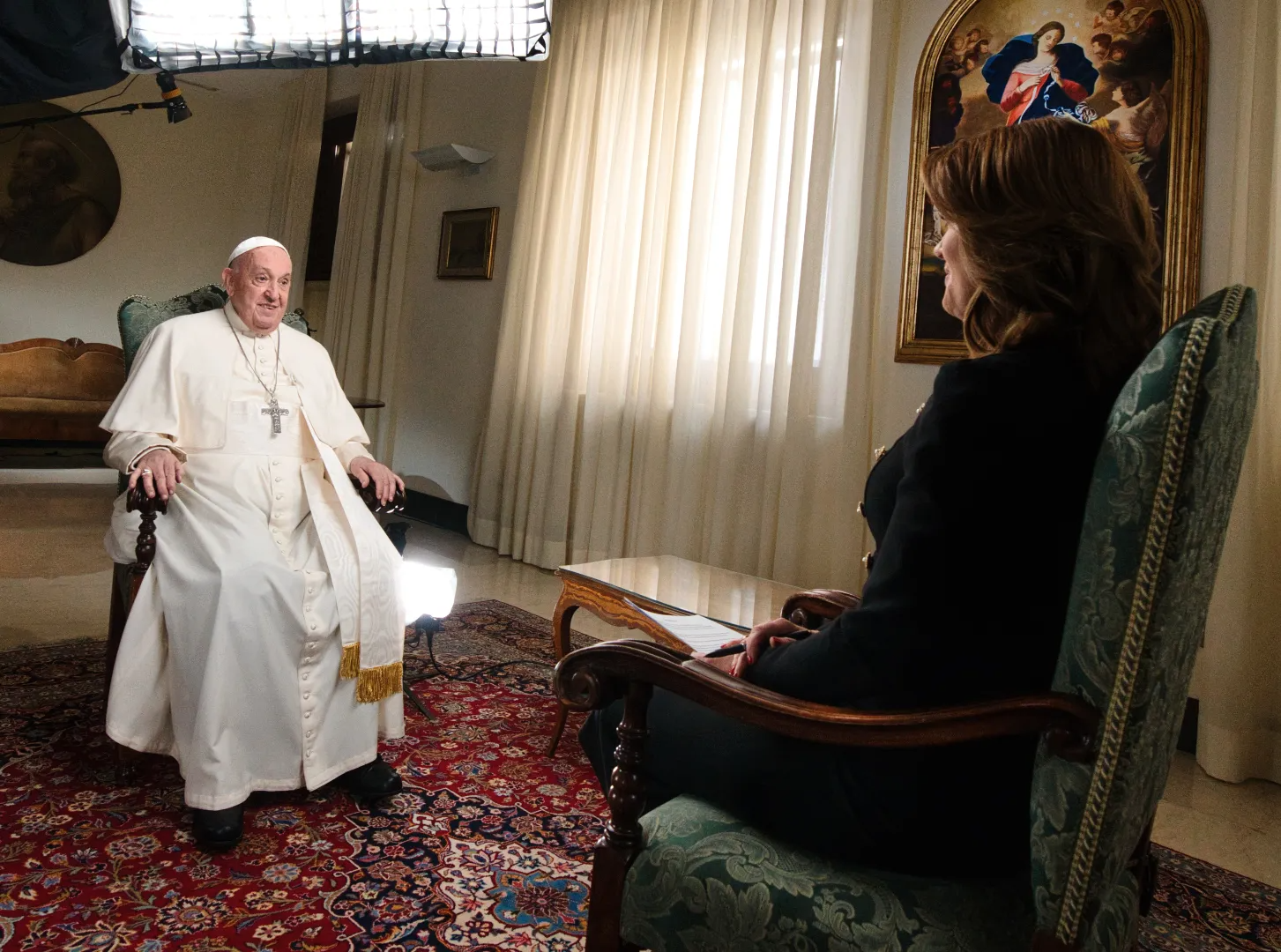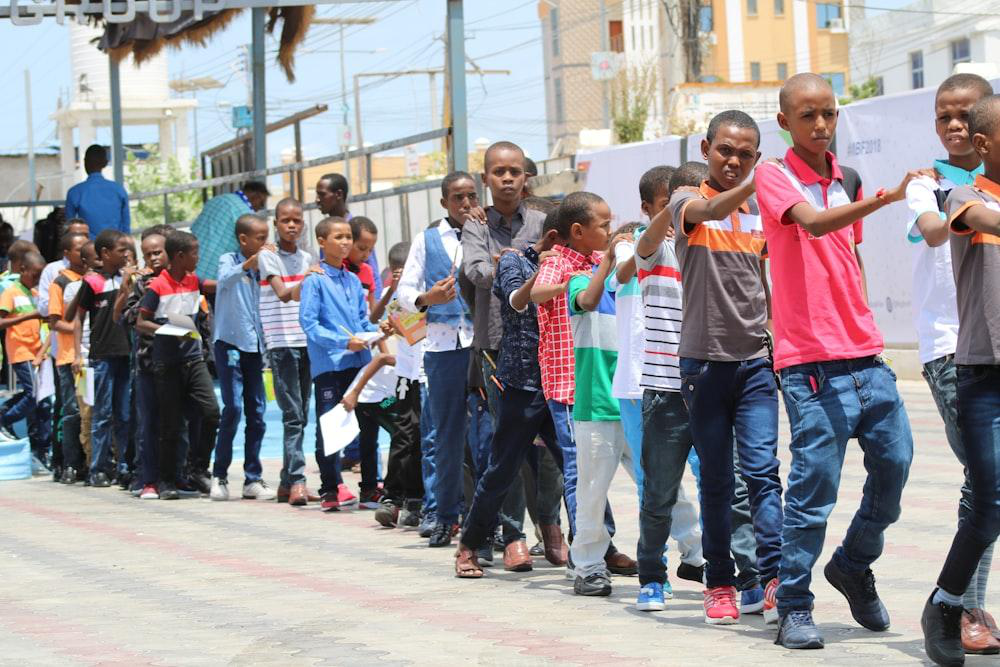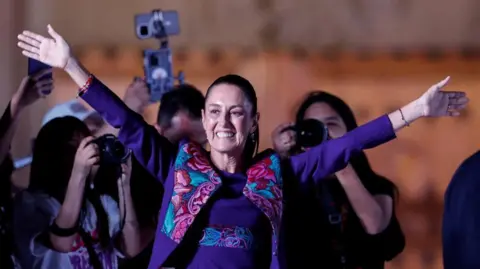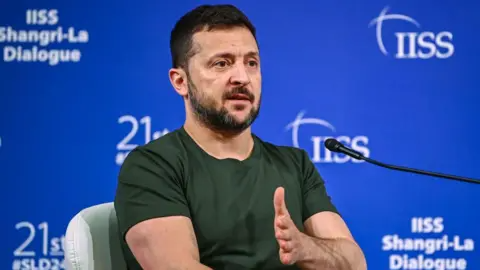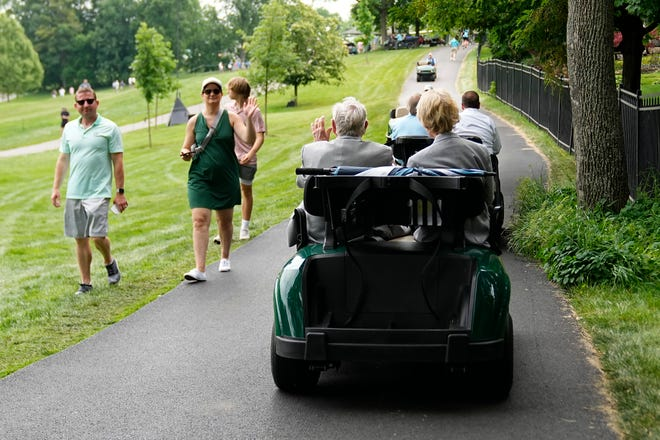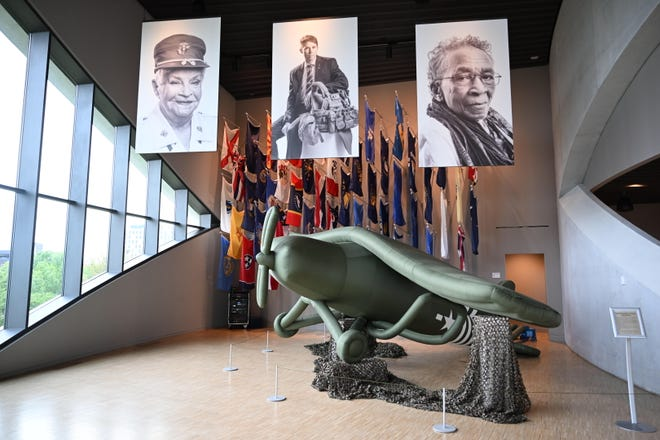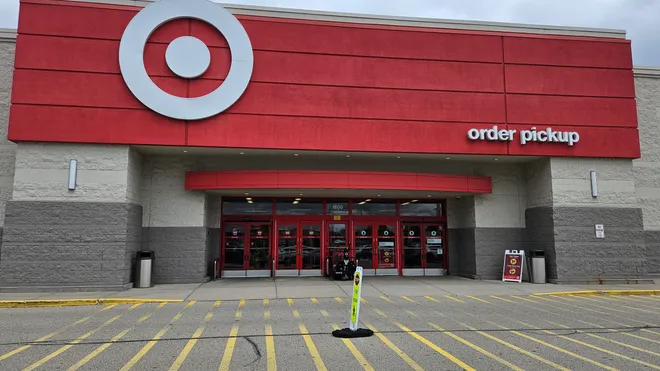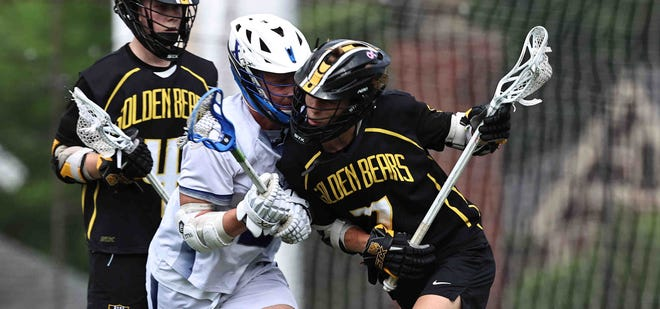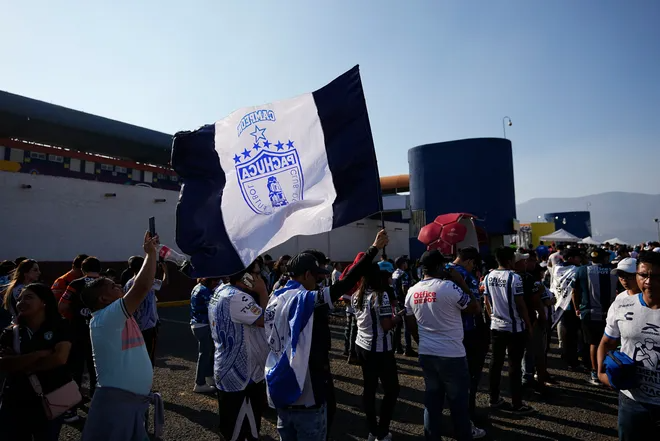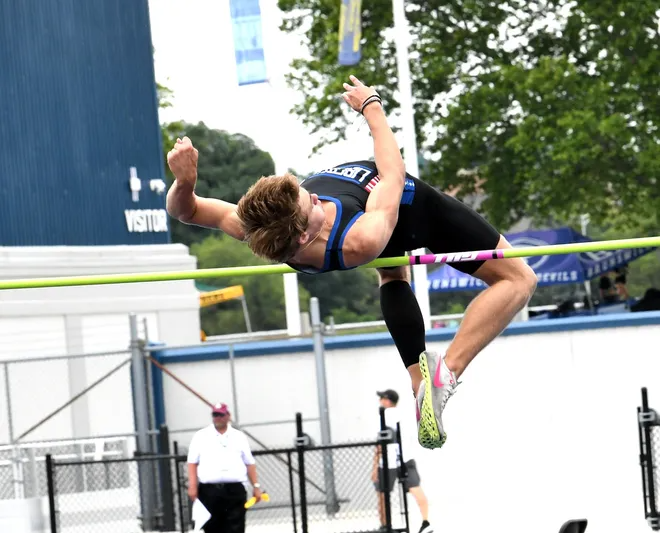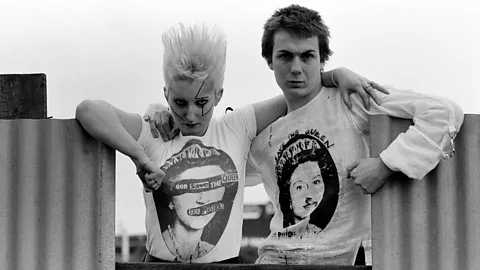Pope John Paul II made a hundred and four “apostolic journeys” to a hundred and twenty-nine countries during his time in office, which stretched from 1978 to 2005. When I saw him, along with a hundred and twenty-five thousand other people, in Central Park in 1995, he was on his sixth trip to the United States. By then, the papal visit—a Mass, encounters with dignitaries and priests, an outing to a local shrine, a tarmac sendoff with a brass band—had become so familiar that one could forget that it was a new phenomenon, indeed a reversal from the standard practice of the first half of the twentieth century, when five Popes, all Italians, never left Rome.
Whoever said that all good things come to an end never received a New Yorker newsletter
Pope Francis has made a similar transformation with the face-to-face interview: John Paul often only spoke to the press en masse, but Francis has made the informal conversation a signature aspect of his pontificate. It is a setting in which he seems to embody virtues that are central to his vision of the Catholic Church—openness, humility, and the ability to listen. Since his election in 2013, he has taken questions from Catholic teenagers from Belgium, had a long exchange with Eugenio Scalfari, the editor of the Italian daily La Repubblica (who was also a prominent atheist), and joined in a video call with university students in the Americas. He has sat one-on-one with reporters from La Voz del Pueblo and La Nación, of his native Argentina; Televisa, of Mexico; and cope, a radio network run by the Church in Spain. He’s given interviews for high-gloss documentaries by Wim Wenders and by Evgeny Afineevsky and for a Netflix series about older people. And he has held press conferences on the return flights from most of his forty-four apostolic journeys, speaking so casually yet expressively that some commentators joke about the “magisterium in the sky.”
But Francis hadn’t granted an in-depth interview to a U.S. television network until last month. That interview, with Norah O’Donnell, of CBS, was broadcast in an excerpt on “60 Minutes” on Sunday evening, and then, in a longer form, as part of a full-hour program on Monday, called “Pope Francis: The First.” The interview was conducted at the Vatican guesthouse where Francis lives. O’Donnell, who was raised Catholic, wore a black dress and asked clear, direct questions in English; Francis replied in Spanish, and his replies were then relayed in English by Al Ortiz, a retired CBS News executive. The tightly edited “60 Minutes” segment was about thirteen minutes; the Monday presentation was about twice as long, broken up with archival footage of Francis and clips of O’Donnell out and about at the Vatican.
The founding producer of “60 Minutes,” Don Hewitt, sometimes likened the program to a Sunday church service: a solemn hour that ushered viewers out of the weekend of leisure (and TV sports) and brought them back to serious matters, as a new workweek began. In presentation, the “60 Minutes” segment was more liturgical than eventful—a long-awaited encounter between the papacy and a venerable news program. In substance, it was something like a highlight reel of topical remarks similar to those the Pope has previously made in interviews, homilies, and blessings. The wars in Ukraine and Gaza; women, children, and migrants; sexual abuse and climate change; the nature of the Church; the need for hope; and the attitude that Francis calls “the globalization of indifference”—were all mentioned, if briefly. When Francis was asked about antisemitism, for example, he replied, “All ideology is bad, and antisemitism is an ideology, and it is bad. Any ‘anti’ is always bad. You can criticize one government or another, the government of Israel, the Palestinian government. You can criticize all you want, but not ‘anti’ a people. Neither anti-Palestinian nor antisemitic.”
Why did the Pope sit for such an interview now? It may be that an appearance on a prime-time American TV show was just a matter of time. It may be that he has an eye on the November election, in which President Joe Biden, a Catholic, is running against former President Donald Trump, whose policies on borders and migration Francis excoriated indirectly in 2017, when he spoke of the need “not to create walls, but to build bridges” (a remark that O’Donnell echoed). Or it may be that Francis hoped to address American Catholics who are out of sympathy with the Church he leads. In the years since his only U.S. visit so far—to New York, Philadelphia, and Washington, D.C., in September 2015—new revelations about decades of clerical sexual abuse of minors and coverups by bishops have led plenty of Catholics to lose trust in the Church or even to abandon it. For many, the COVID-19 pandemic broke the practice of Sunday Mass. A survey from 2023 found that mass attendance among white Catholics had dropped by 28 percent since 2019 and had dropped among Hispanic Catholics by 18 percent. Meanwhile, an ardent, sophisticated, and amply funded Catholic traditionalism has emerged with particular vigor in this country, promoting liturgical practices associated with the Church prior to Vatican II—in particular, the Latin Mass. These new traditionalists hold Catholic moral teaching to be absolute on divorce, homosexuality, and abortion—a stance that has given vital support to Republican efforts to limit abortion rights. They have taken inspiration from John Paul II and his successor, Benedict XVI. And, because Benedict lived for nearly a decade after he resigned in February 2013, they have framed their efforts as acts of fidelity to the first-ever Pope emeritus, with some insinuating that Francis’s seeming flexibility on contested issues makes him a kind of anti-Pope.
And, in the days before the interview aired, social media was overtaken with commentary about a Catholic figure with a message distinctly different from the Pope’s: Harrison Butker, a placekicker for the Kansas City Chiefs. In a commencement address at Benedictine College, a Catholic school in Atchison, Kansas, on May 11th, Butker set out the traditionalist approach in harsh terms, calling gay-pride activities expressions of “the deadly-sin sort of pride,” dismissing support for women’s career aspirations as “diabolical lies,” and deriding “the Church of nice.”
Such issues and developments figured into the interview. O’Donnell asked Francis, “There are conservative bishops in the Church who oppose your new efforts to revisit teachings and traditions. How do you address their criticism?” “You used an adjective, ‘conservative,’ ” he said. “A conservative is one who clings to something and does not want to see beyond that. It is a suicidal attitude. Because one thing is to take tradition into account, to consider situations from the past, but quite another is to be closed up inside a dogmatic box.”
That answer, in a few words, demonstrates the Pope’s conversational style. He begins with specifics (the meaning of the word “conservative”) then leaps to a broad generalization (“one who clings to something”). Because he uses figures of speech (“a dogmatic box”) rather than the sonorous phrasing of his predecessors, his provocative claim that conservativism is “suicidal” seems more an offhand remark than a rebuke to his critics.
His reply also suggests that the interview was meant to shore up support among the progressive Catholics whose dam-has-broken sense of possibility defined his first thousand or so days as Pope. But it followed an exchange that ought to mollify traditionalists. O’Donnell said, “Last year, you decided to allow Catholic priests to bless same-sex couples. That’s a big change. Why?” In halting language, the Pope corrected her, twice affirming the traditional Catholic view of marriage as a sacrament and indicating that same-sex partnerships are something else. “No, what I allowed was not to bless the union,” he said. “That cannot be done, because that is not the sacrament. I cannot. The Lord made it that way. But to bless each person, yes. The blessing is for everyone. For everyone. To bless a homosexual-type union, however, goes against the given right, against the law of the Church. But to bless each person, why not?”
On surrogate motherhood, too, Francis affirmed the traditional position, while qualifying it around the edges. In January, he deplored the emerging market around surrogacy as “exploitative . . . of the mother’s material needs.” Citing that remark, O’Donnell told him that she knows women—cancer survivors—for whom surrogacy is “the only hope.” He responded, “It could be. The other hope is adoption,” and then added, “There is a general rule in these cases, but you have to go into each case in particular to assess the situation, as long as the moral principle is not skirted.” The implication was that surrogacy can be licit if the woman carrying the child is treated fairly and not exploited. As he concluded, he praised the passion that O’Donnell brought to the exchange: “It shows that you feel these things very deeply.”
That exchange was part of a series of questions on the topic of Catholic women, which was a high point of the Monday program. Following a video clip about how Mary, the mother of Jesus, was a model for Catholic women, O’Donnell asked about the roles of women in the Church, noting that her mother served as a Catholic Eucharistic minister and cantor—roles that require no ordination. In reply, Francis praised the contributions of women: “They are braver than the men. They know how best to protect life.” After a voice-over stating that Francis has promoted women to some leadership roles in the Church, O’Donnell noted that, on Sunday, May 26th, the Vatican will host a Catholic youth festival. “I’m curious,” she said, “for a little girl growing up Catholic today, will she ever have the opportunity to be a deacon and participate as a clergy member in the Church?”
“No,” the Pope said. O’Donnell put the question differently: “I understand you have said no women as priests, but you are studying the idea of women as deacons. Is that something you’re open to?” No, Francis said again, adding, “But women have always had, I would say, the function of deaconesses without being deacons, right? Women are of great service as women, not as ministers, as ministers in this regard, within the Holy Orders.” O’Donnell then pointed out that the Holy Thursday rite in which the Pope washes and kisses ordinary people’s feet took place at a women’s prison this year. “Many people interpreted that perhaps as a message you were trying to send,” she said. Francis replied, “The message is that men and women, we are all children of God.”
As a presentation from the head of a 1.4-billion-member community on a topic of ongoing concern, Francis’s sequence of replies about women was unsatisfying. As television, however, it was revealing. Certainly, it’s a good thing that a figure of Francis’s stature is able to speak freely and sound like himself, not merely like a spokesman for the institution he leads. Surely, his affable, scattershot manner of explanation is preferable to the forbidding clarity of the new traditionalists. But a drawback of the conversational approach that Francis has brought to the papacy was plain to see: if the Pope can’t spell out the Catholic position clearly, who can? ♦


